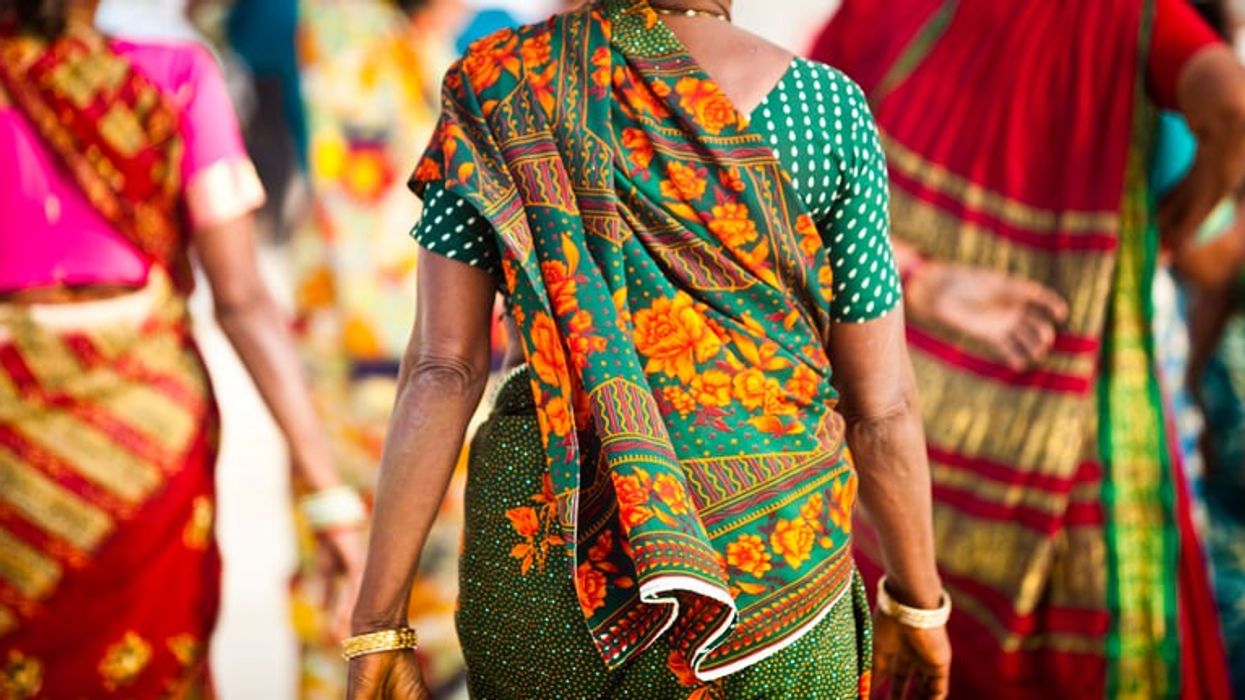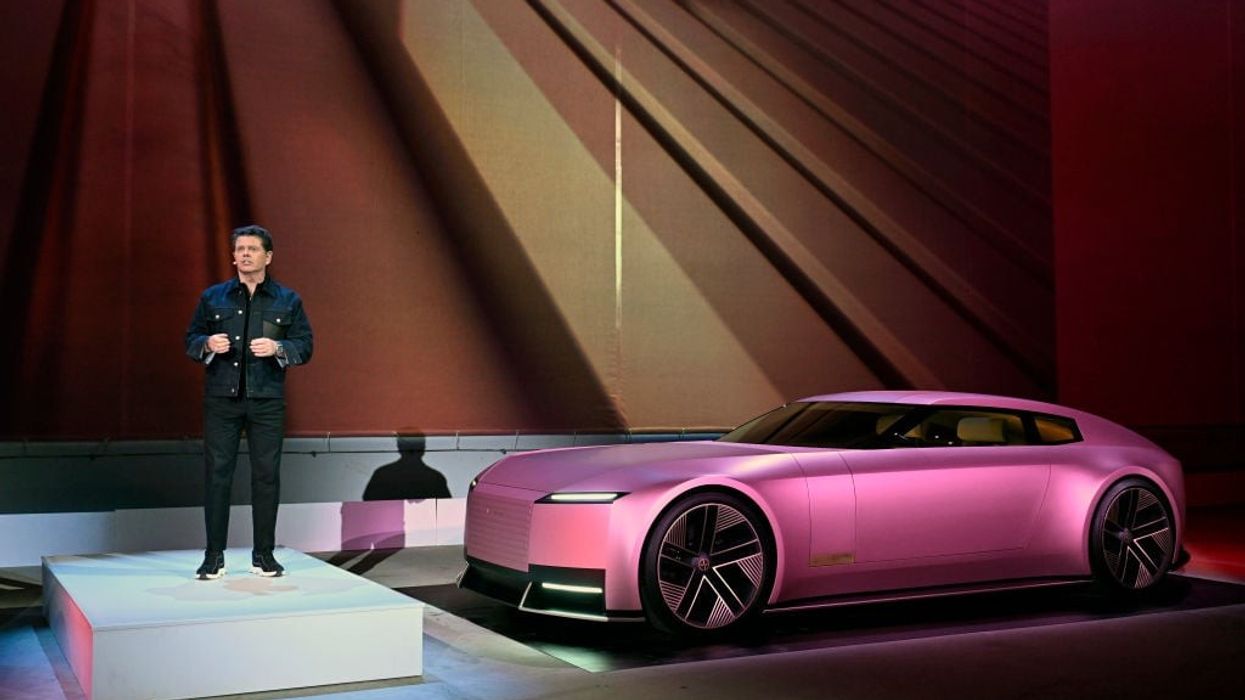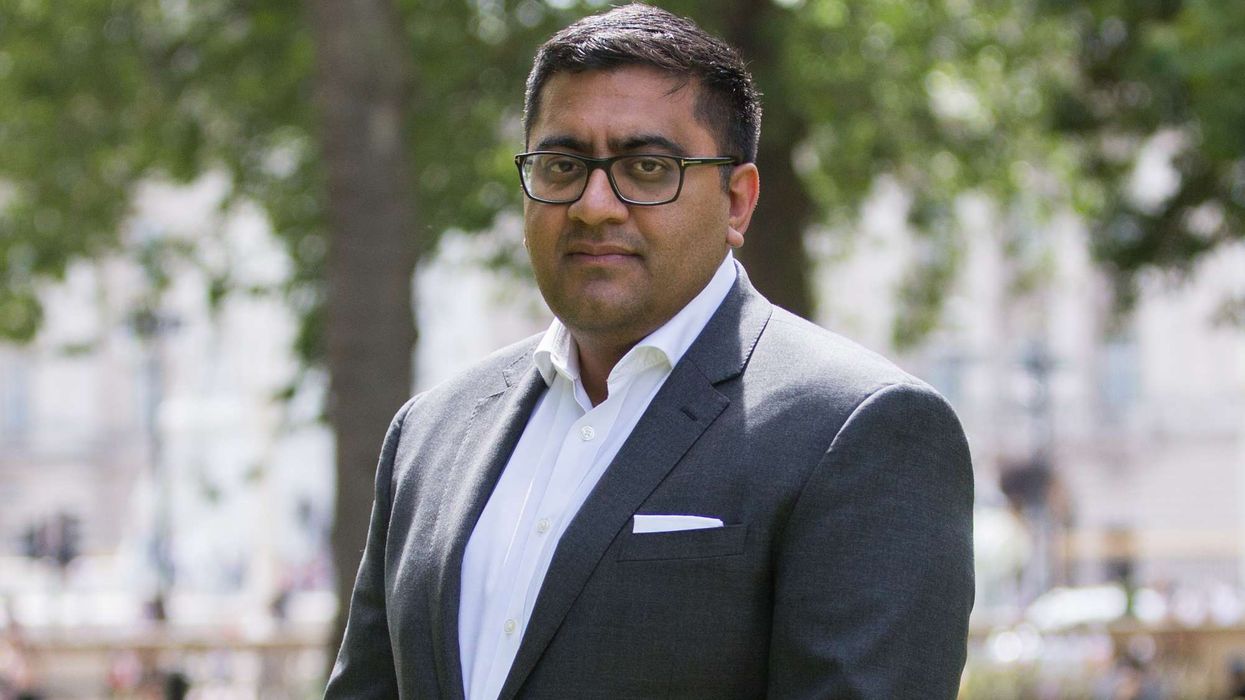IN A study, doctors have documented treating two women of "petticoat cancer" -- a condition possibly triggered by tying the waist cord of a saree's underskirt or petticoat tightly.
Constant pressure and friction on one's skin from the waist cord can cause chronic inflammation, leading to ulcers and sometimes, progressing to skin cancer, said the doctors, including those from Jawaharlal Nehru Medical College in Uttar Pradesh, India.
The study, published in the British Medical Journal (BMJ) Case Reports, brought to light "potential health risks associated with traditional clothing practices", one of the affected women said.
Doctors said that while the phenomenon has previously been described as 'saree cancer', it is the tightness of the waist cord that's to blame.
One of the women, a 70-year-old, sought medical attention for a painful skin ulcer on her right flank (present between ribs and hip bone) that she had had for 18 months and which would not heal, the authors described.
The surrounding skin had lost its pigmentation, they said and added that she wore her petticoat underneath her saree, tightly tied around her waist.
The second woman, in her late 60s, was reported to have had an ulcer on her right flank that had not healed for two years.
"A woman in her late 60s presented with a two-year history of an ulcerating lesion on her right flank. She wore a lugda daily for 40 years. A lugda is tied very tightly around the waist without a petticoat," the authors wrote.
Biopsies revealed that both the women had a Marjolin ulcer, also known as squamous cell carcinoma (ulcerating skin cancer).
In the second woman, the cancer had spread to one of the lymph nodes in her groin at the time of diagnosis, the authors said.
They explained that while a Marjolin ulcer is rare, it can be aggressive. It develops in chronic burn wounds, non-healing wounds, leg ulcers, tuberculous skin nodules, and in vaccination and snake bite scars, they said.
"Constant pressure at the waist often leads to cutaneous atrophy, which ultimately breaks down to form an erosion or an ulcer. The ulcer at this site does not heal entirely due to ongoing pressure from tight clothing. A chronic non-healing wound results, which may develop malignant change," the authors wrote.
They advised wearing a loose petticoat beneath the saree to ease pressure on the skin, and loose clothing if skin problems develop to allow the area to heal.
The 70 year-old diagnosed with skin cancer, said, "I have been wearing a Nauvari saree, tightly wrapped around my waist, for most of my adult life. Six years ago, I noticed a small area of depigmentation on my right flank, which I initially dismissed as a minor skin issue."
With time, the abnormality developed into a non-healing ulcer, causing her concern and discomfort.
Upon consulting a dermatologist, the woman said she was diagnosed with skin cancer, which was made worse, largely due to ever-present friction and pressure from tying saree tightly around her waist.
She said that her psychologically and physically taxing journey showed the importance of paying attention to chronic skin changes and seeking medical advice early.
"I hope my story will raise awareness among women about the potential health risks associated with traditional clothing practices and encourage timely medical consultation for unusual skin conditions," the woman said.
(PTI)














